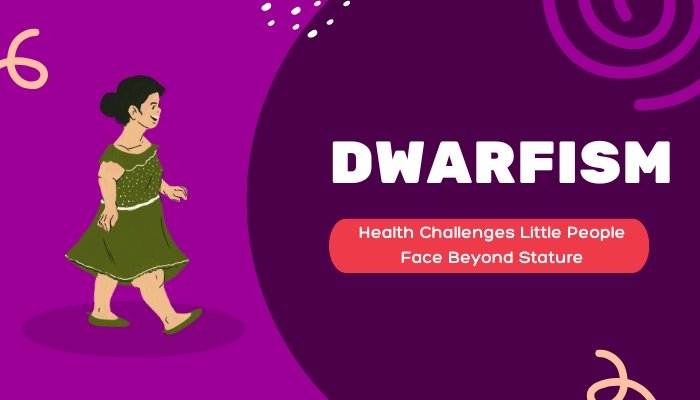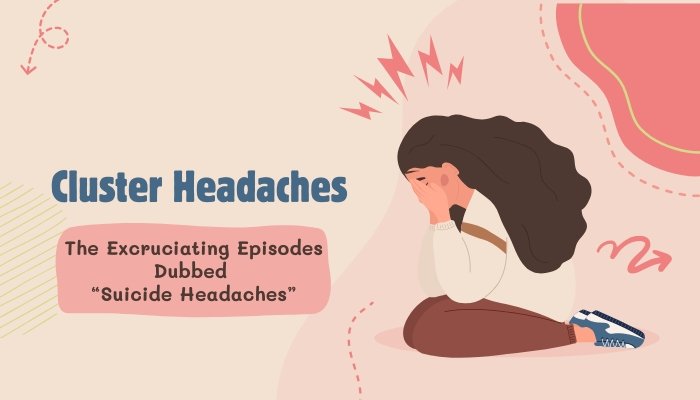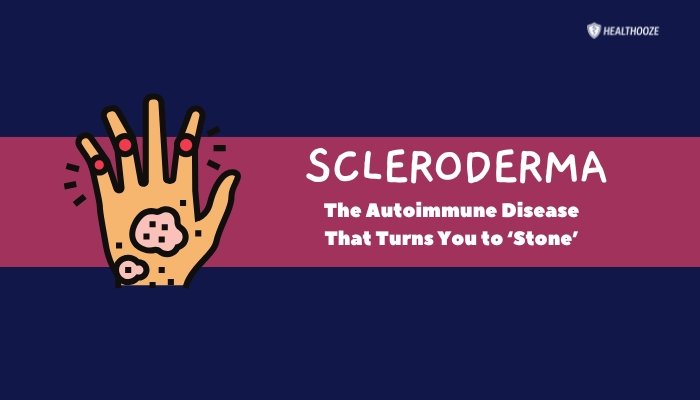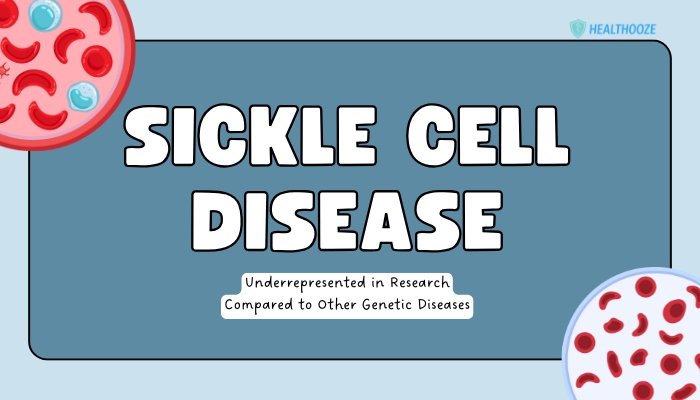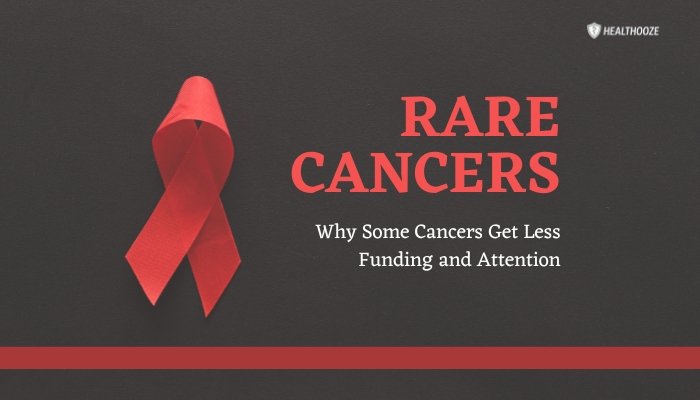Introduction
Dwarfism—or short stature—encompasses more than just height. People with dwarfism, sometimes referred to as “Little People,” often encounter a range of medical complexities related to bones, joints, spine, or other body systems. Social stigmas and physical barriers can add emotional strain, compounding everyday difficulties.
By shedding light on the underlying genetics, daily experiences, and modern treatment options, we can better understand how individuals with dwarfism flourish in a world built for average-height peers.
Understanding Dwarfism
Defining the Condition
Dwarfism broadly describes adult heights under 4’10” (147 cm), often with distinct skeletal anomalies. More than 300 conditions can cause this, but Achondroplasia stands as the most common genetic form, resulting from a gene mutation that limits cartilage conversion to bone—especially in long bones.
Types and Variations
- Disproportionate Dwarfism: Torso of average size but significantly shorter limbs, typical of achondroplasia. Some have large head size, prominent forehead, or shortened fingers.
- Proportionate Dwarfism: Overall body shape is more uniform but smaller. Often due to growth hormone deficiencies or other endocrine disorders.
Despite the broad term “dwarfism,” experiences vary widely based on specific etiology and associated complications.
Health Challenges Beyond Height
Orthopedic Complications
Because skeletal growth is affected, many with dwarfism experience:
- Spinal Stenosis: Narrowing of the spinal canal leading to nerve pressure or pain.
- Leg Bowing: Weight-bearing bones might bend, requiring braces or surgery.
- Joint Pain: Hips, knees, or ankles can endure stress due to unique proportions.
Ear, Nose, and Throat Issues
Middle ear infections (otitis media) or conductive hearing loss appear more frequently. Narrow Eustachian tubes or smaller anatomical structures contribute to these ENT problems.
Respiratory and Neurological Concerns
- Sleep Apnea: Anatomical differences in airways can exacerbate snoring or obstructive sleep apnea.
- Hydrocephalus: Fluid buildup in or around the brain can arise in some forms of dwarfism, requiring monitoring or surgical intervention.
Weight Management
Shorter stature means fewer daily calories needed. Gaining weight quickly can add strain to already-stressed joints, intensifying mobility or spinal complications.
Day-to-Day Social and Emotional Aspects
Accessibility and Environment
Standard door handles, light switches, or public seating are typically sized for average-height adults. Individuals with dwarfism may require home modifications or adaptive devices, like step stools or extended-reach tools, to maintain independence.
Societal Perceptions
In a world often emphasizing tallness, some with dwarfism encounter stares, rude comments, or paternalistic attitudes. Overcoming stereotypes and forging personal identity remains an ongoing process, aided by supportive families, communities, or advocacy organizations.
Self-Image and Support
Like other visible differences, short stature can influence self-esteem or body image. Positive representation in media, plus robust peer networks, fosters confidence and reduces isolation. Groups like Little People of America create safe spaces for community connection and resource sharing.
Medical Management and Treatment Options
Pediatric Monitoring
Early detection of bone and nerve complications allows orthopedic interventions (e.g., surgery to correct leg bowing or spinal decompression). Growth hormone therapy may be prescribed if proportionate dwarfism arises from endocrine causes.
Physical Therapy and Exercise
Regular exercises targeting posture, core strength, and joint mobility help mitigate pain or reduce the risk of skeletal complications. Low-impact sports (e.g., swimming) or tailored strength routines support overall fitness.
Surgical Interventions
Some families explore limb-lengthening surgeries, though this is complex, involves multiple procedures, and carries risks. Individual preferences vary, with many adults comfortable with their height, emphasizing function and comfort rather than increasing stature.
Lifestyle Adaptations
- Adaptive Devices: Specialized seats, harnesses, or driving modifications for vehicles.
- Assistive Technology: Tools to manage daily chores or professional tasks—like custom office setups or adjustable desks.
- Pain Management: For chronic joint stress or nerve compression, medication, therapy, or occasional nerve blocks might be recommended.
Fostering Inclusion and Empathy
Education and Awareness
By understanding the complexities dwarfism can bring, from possible health hurdles to social misconceptions, we reduce stigma and promote acceptance. Schools and workplaces can train staff about respectful communication and inclusive design.
Accessibility Advocacy
Public spaces rarely account for dwarfs’ height differences. Encouraging universal design—like adjustable counters, varied seat heights, or lowered signage—benefits not just little people but also kids, wheelchair users, and the elderly.
Challenging Stereotypes
Media portrayals often caricature little people, overshadowing their individuality and daily realities. Authentic representation—highlighting talents, achievements, and normalcy—helps shift cultural views away from novelty or pity.
Conclusion
Dwarfism comprises more than just short stature. Many with dwarfism handle a spectrum of medical, social, and practical hurdles requiring thoughtful interventions—ranging from specialized orthopedic care to reimagined living environments. Through early diagnosis, consistent medical oversight, and societal acceptance, little people can navigate everyday life with autonomy and confidence. Ultimately, a deeper awareness of these challenges fosters a more inclusive world, where individuals with dwarfism see their abilities appreciated and their unique experiences validated.
References
- Little People of America (LPA). Facts about dwarfism.
- American Academy of Orthopaedic Surgeons (AAOS). Guidance on skeletal dysplasias.
- National Institute of Child Health and Human Development. Genetic conditions leading to dwarfism.

